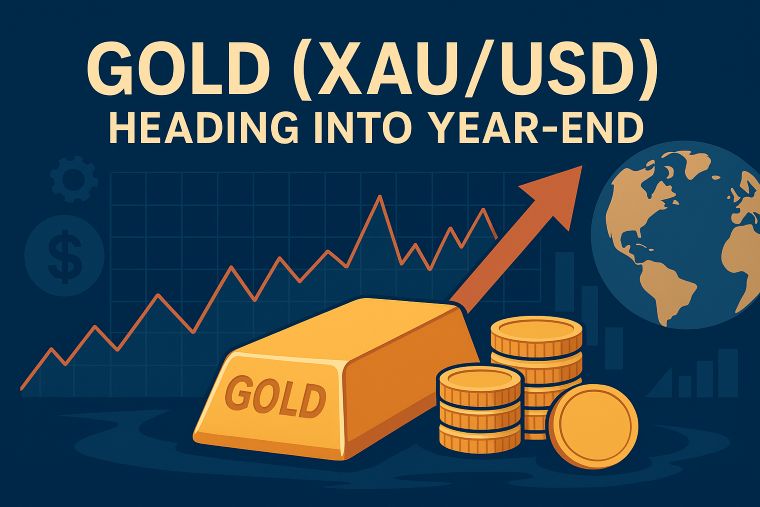2 min to read
The downward momentum in the US dollar
initiated by cautious comments from the hawkish FRB member Woller.

“The downward momentum in the US dollar, initiated by cautious comments from the hawkish Federal Reserve Board (FRB) member Woller in global markets yesterday, persisted until the Tokyo morning”
Dollar/yen reached a dollar-weakening low of approximately ¥146.65, the lowest level since September 12. Despite touching the ¥146 range in the Tokyo afternoon, signifying sustained downward pressure, the London market observed a prevailing trend of dollar buying, propelling the pair to around ¥147.80. This rebound not only offset the morning losses in Tokyo but also extended into a further strengthening of the dollar. From the peak of ¥149.67 recorded on Monday, the pair saw a decline of roughly 3 yen by the Tokyo morning today, instilling a sense of overselling in the market.
The rebound in the yield of the US 10-year Treasury, which had dropped to the 4.25% range from the Tokyo afternoon to the London morning but rebounded to the 4.3% range, contributed to a temporary pause in the dollar’s weakening trend.
Euro/dollar, which touched the ¥1.1010 range during the Tokyo morning’s phase of dollar weakening, shifted towards a trend of euro strength and dollar weakness, reaching around ¥1.0970. Similar to dollar/yen, the euro/dollar witnessed a corrective move against the dollar sell-off. Anticipation of decelerating growth in Germany’s consumer price index for November, scheduled for release at 22:00, has influenced the euro’s stance of halting interest rate hikes, fostering the growing expectation of an early initiation of interest rate cuts.
Firmly supported by the trend of dollar buying, euro/yen made a solid recovery into the ¥162 range. While euro/yen touched around ¥161.50 during the Tokyo morning’s decline in dollar/yen, it maintained a slightly top-heavy trajectory, reaching around ¥161.60 in the early London market. Lingering concerns about risks, stemming from stock market declines in Hong Kong and China during the Asian market, added to the downward pressure. Subsequently, propelled by the rise in dollar/yen, euro/yen reached around ¥162.20.
The monetary policy meeting of the Reserve Bank of New Zealand in the Tokyo morning maintained the policy rate unchanged, aligning with market expectations. However, the hawkish tone in statements resulted in a sharp ascent of the New Zealand dollar from the ¥0.6150 range to surpass ¥0.62. Nevertheless, the subsequent broad-based rise in the US dollar has gradually eroded these gains, leading to a retracement of the post-meeting ascent.
Visit XM Official Website.

